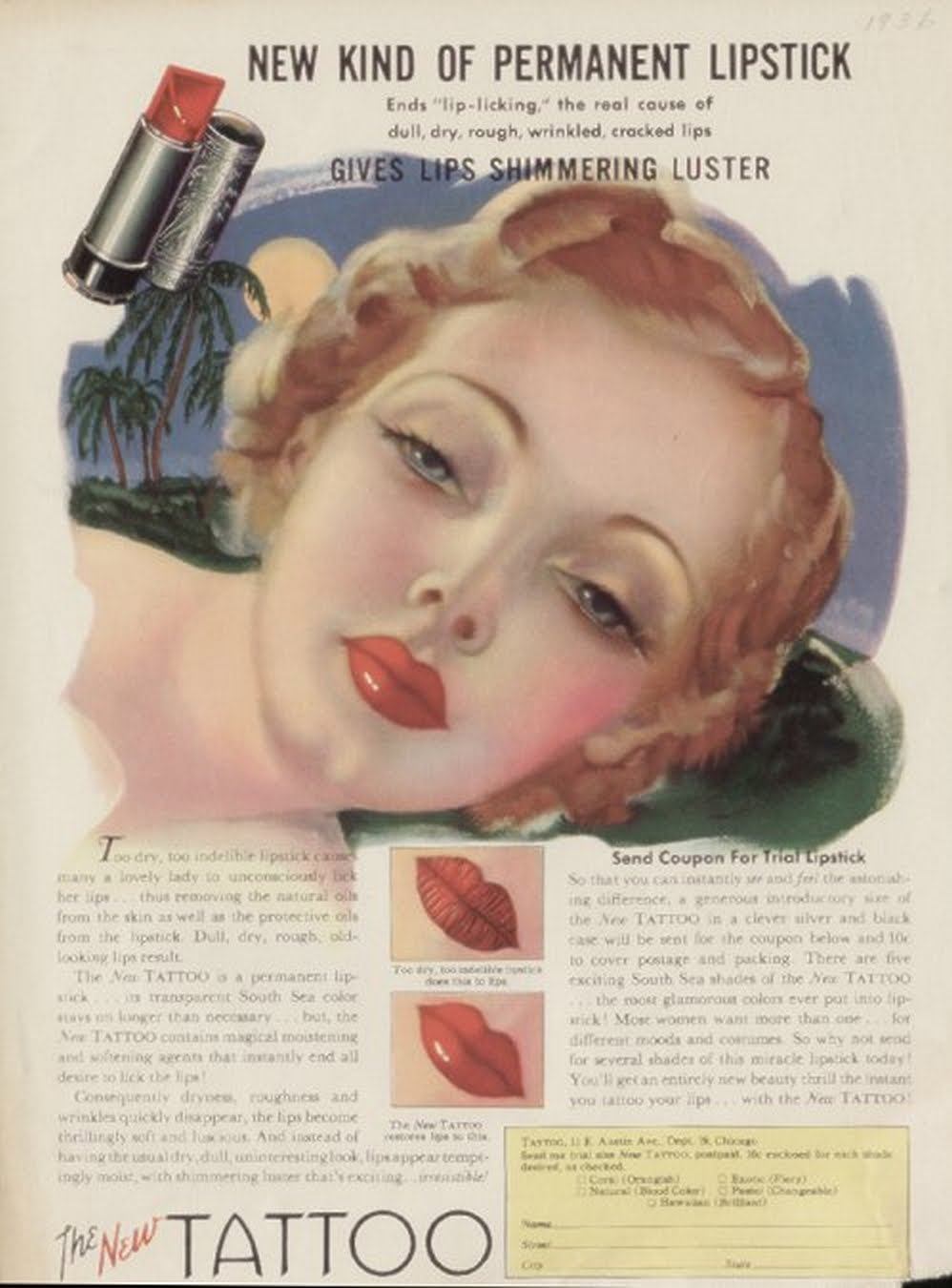So I know I've been a real slacker when it comes to the blog, especially with the window posts. We've still been doing the windows at Collector's Antique Mall in Asheboro, North Carolina -- we just haven't been sharing them with you. So for that, I apologize, offer as a gift to you our newest window, just in time for Christmas.
If you've read our blog before, you know that the Christmas window is not necessarily our favorite one to do. We have more parameters and limitations with it than we do with a normal window design (the tree goes here, it must be rich and full, blah blah blah). But we really enjoyed this one. It came together quickly, there was tons of silver tree junk in storage at the store, and we could use our trusty black and white tiled "floor". And there's always lots and lots of glassware at the store to use.
 |
| Balls and tinsel and picks galore! |
The tree is so full of stuff, I was afraid it would fall over. We found a gajillion silver picks and we used them ALL. We also had tons of that cheap silver tinsel garland (can you see it? it's kind of buried in the tree), and we debated about using it -- will it look like cheap silver tinsel garland? But it's kitschy, and I LOVE KITSCH, so we went with it. And I swear, it made that tree looks expensive. Who'd have thunk??
We didn't go overboard adding presents under the tree. Just some carefully curated items, mostly chosen for their colors and designs.
 |
| We loved this doll for her white hair and patterned dress. And the dominoes are freakin' cool! |
So we've done a Christmas kitchen, a traditional living room, our Hipster Cabin Christmas last year -- but we'd never done a table and chairs. We found this great white iron and glass mid century patio table and mixed it with two traditional black chairs. We were selective with our red accents, and mixed crystal, painted wood, milk glass, and steel for the other pieces. We think it looks pretty awesome.
 |
| We've wanted to use this checked bedspread for a while now. It was perfect here. |
 |
| Crystal Christmas tree and Santa says "Hi!" |
 |
| This has deer heads for handles! Perfect! |
And the piece de resistance is my disco fringe silver tinsel wreath I made. Did you see it?

Then I took hanks of angel hair tinsel and wrapped it around the form, hot gluing the ends in the back. I kept adding it until it was full, then I went back over it and teased out some loose ends for that fringe-y effect. It was very messy, but you know, whenever I make anything, I make a huge mess.
 |
| Messy, but sooo sparkly! |
And here it is installed! Merry Christmas y'all!!


















































